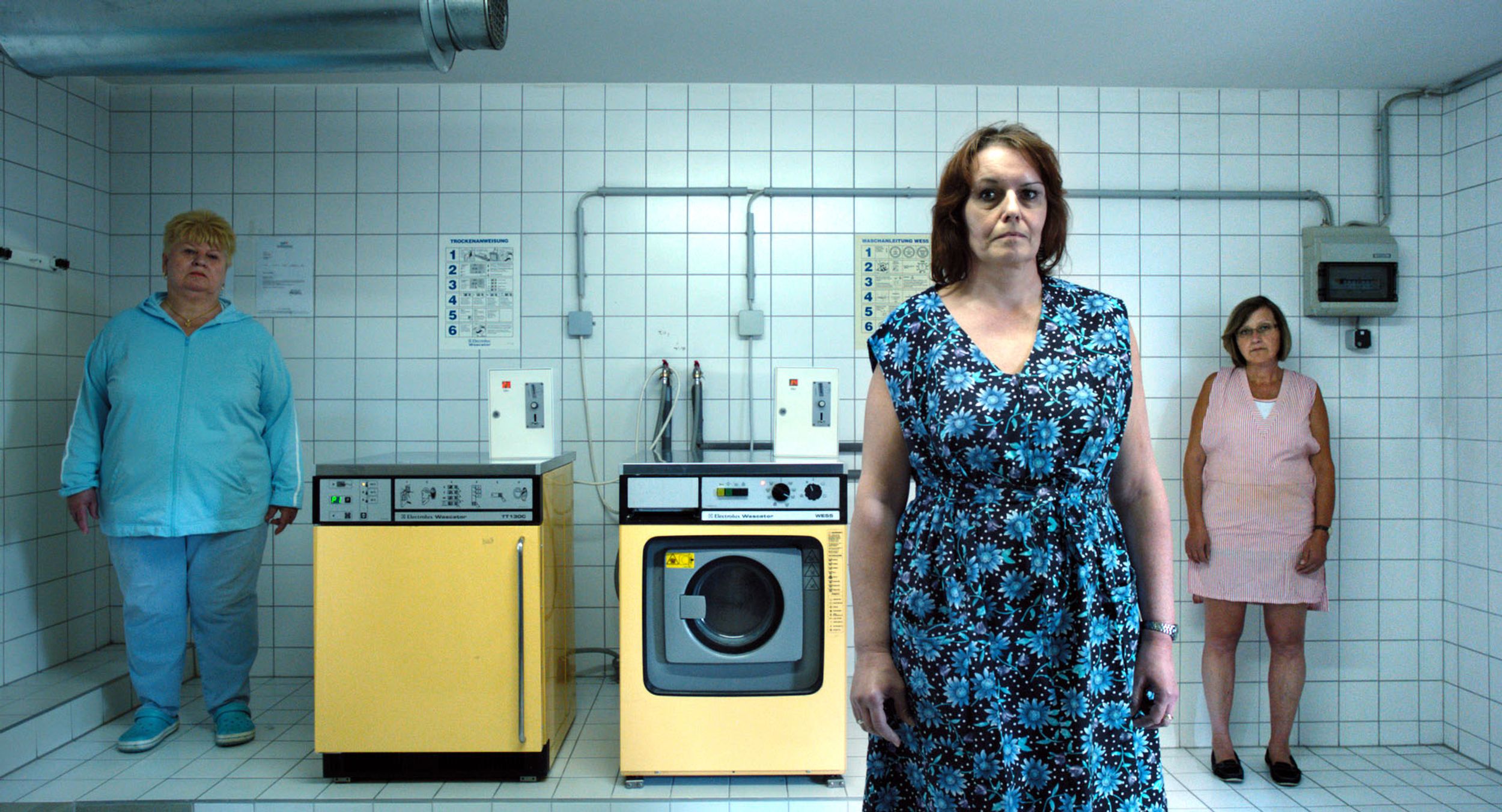
In the Basement
Austrians feel free in their basements. There they can be uninhibited in living out their obsessions, be that playing with a model train, dusting off Nazi paraphernalia (with a feather duster in the colors of the German flag), cuddling a disconcertingly realistic baby doll or indulging in sadomasochistic acts. Director Ulrich Seidl always uses his documentaries and features to critique the most uncomfortable subjects Western society faces, and he has developed his own confrontational but simultaneously empathetic approach to achieve this. These same qualities characterize this essayist film, which blurs in many ways the boundary between observation and reenactment. Take for example the Seidl Tableaus, as they are known, for which he films his subjects front on and framed in a symmetrical space to create the effect of a portrait painting looking back at the viewer. These reflective punctuations interrupt the observational scenes of basement-bound activities and interviews in which the subjects candidly and courageously share their fears and desires. As he explained at the presentation of this documentary, Seidl believes that the basement symbolizes the Austrian subconscious. It is, he says, “a place of darkness, a place of fear, a place of human abysses.”